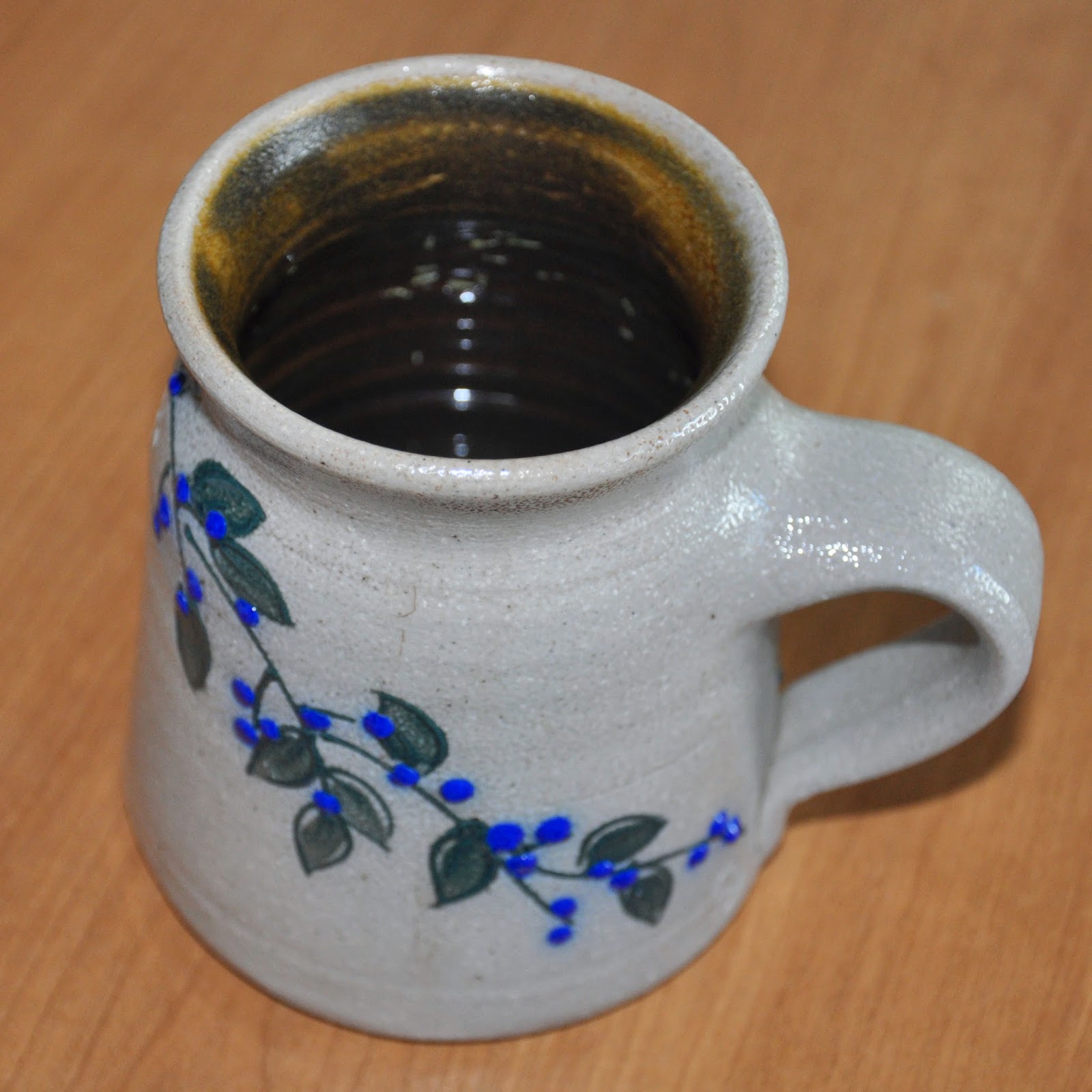The Boonville Health and Fitness Club, located at 199 Post Street, has been serving the Boonville area for 25 years or so. As recently as two months ago, it has been acquired by new owners and renamed Boonville Fitness.
Chad Richardson, formerly of the US Army's 101st Airborne and now a DEC cop and his wife Trista, an occupational therapist, just appear to be the perfect couple to head this center.
On our first visit, 2 weeks ago, we were welcomed by a very friendly Max with a free trial. Pleased with the facility, we are now regulars at the gym. With about 10 treadmills, 4-5 bicycles and ellipticals, 9 Nautilus, and others I can't name, there are more than enough machines to get us pumped up.
 |
| Main Room at Boonville Fitness. More equipment in smaller rooms. |
 | |
| Leg Press |
If we want to use a machine we're not familiar with, Chad is always eager to teach us how. We've also met some other very friendly clients who gave us helpful tips as well. If we want to, we can hire our own personal trainer.
Special classes are offered there by different instructors, like zumba every Saturday. A 3-day youth fitness clinic is planned in July followed by the kids' fitness classes in August.
Chad is hoping that these programs will generate more interest in the fitness center. We wish Boonville Fitness much success because we plan to continue to go there for as long as we have our camp on Kayuta Lake.











